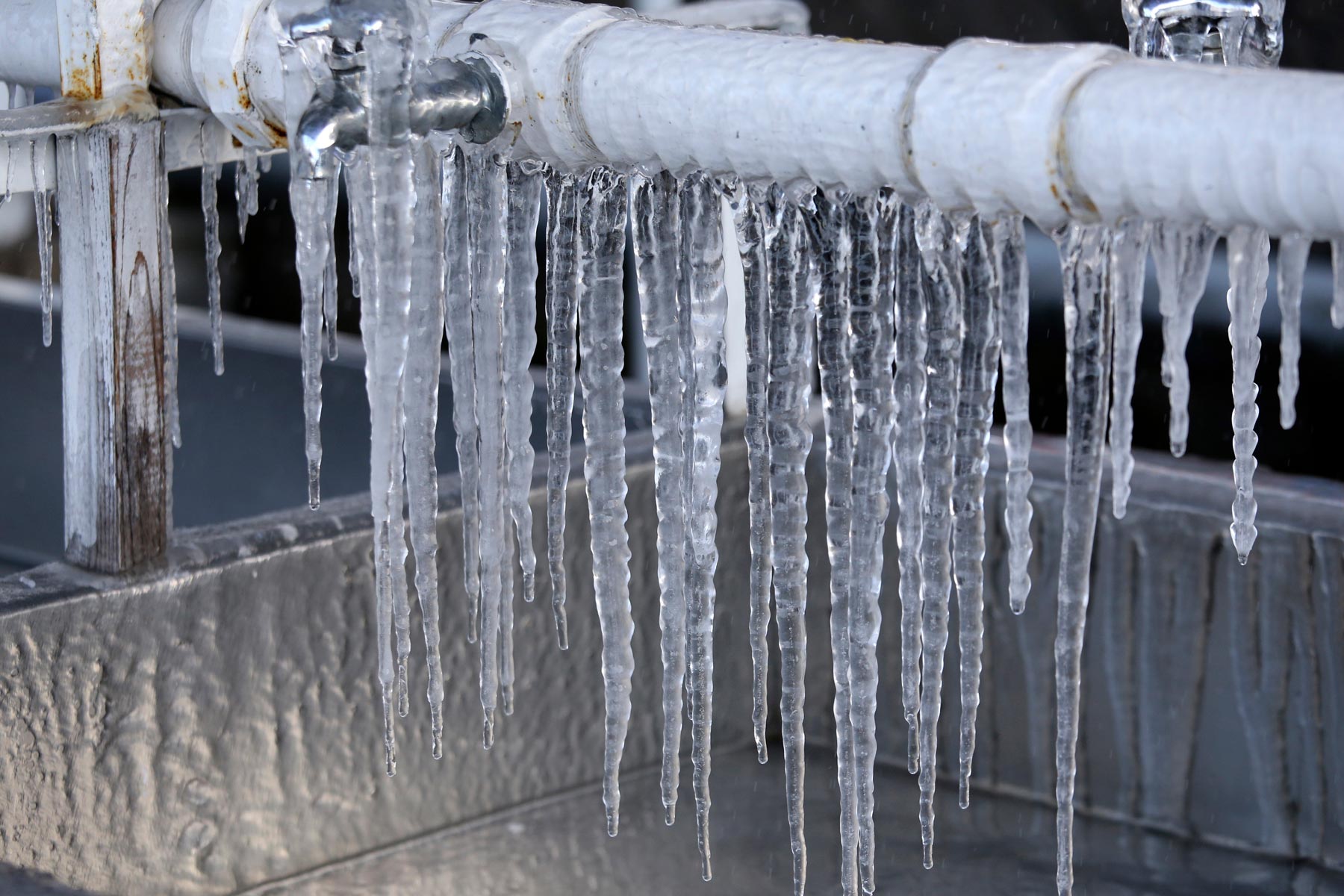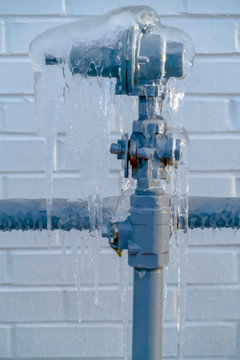We've encountered this great article on How to prepare your home plumbing for winter weather directly below on the web and think it made good sense to quickly share it with you in this article.

Cold weather can wreak havoc on your plumbing, particularly by freezing pipelines. Below's just how to stop it from occurring and what to do if it does.
Introduction
As temperatures decline, the threat of frozen pipes rises, possibly resulting in costly fixings and water damage. Understanding just how to avoid icy pipes is essential for home owners in chilly environments.
Comprehending Icy Pipes
What creates pipes to ice up?
Pipes freeze when revealed to temperature levels listed below 32 ° F (0 ° C) for extended durations. As water inside the pipelines ices up, it broadens, taxing the pipeline wall surfaces and potentially creating them to rupture.
Threats and problems
Icy pipelines can cause water system disturbances, residential property damage, and expensive fixings. Burst pipes can flooding homes and create extensive architectural damages.
Indicators of Frozen Piping
Recognizing icy pipes early can prevent them from bursting.
Just how to recognize frozen pipes
Seek lowered water flow from faucets, uncommon odors or noises from pipelines, and visible frost on exposed pipelines.
Prevention Tips
Shielding prone pipes
Cover pipes in insulation sleeves or make use of heat tape to shield them from freezing temperatures. Concentrate on pipes in unheated or external areas of the home.
Home heating techniques
Keep indoor spaces appropriately heated, particularly locations with plumbing. Open cupboard doors to permit warm air to distribute around pipelines under sinks.
Safeguarding Exterior Plumbing
Yard hose pipes and exterior taps
Separate and drain pipes garden tubes prior to wintertime. Install frost-proof faucets or cover outside faucets with shielded caps.
What to Do If Your Pipelines Freeze
Immediate activities to take
If you suspect icy pipes, keep faucets open to alleviate stress as the ice thaws. Make use of a hairdryer or towels taken in hot water to thaw pipes gradually.
Long-Term Solutions
Architectural modifications
Consider rerouting pipelines far from exterior wall surfaces or unheated areas. Include additional insulation to attics, cellars, and crawl spaces.
Upgrading insulation
Buy top notch insulation for pipes, attic rooms, and walls. Correct insulation helps keep consistent temperature levels and reduces the danger of icy pipes.
Final thought
Preventing frozen pipelines requires positive procedures and fast reactions. By comprehending the reasons, indicators, and preventive measures, property owners can secure their pipes throughout winter.
6 Proven Ways to Prevent Frozen Pipes and Protect Your Home
Disconnect and Drain Garden Hoses
Before winter arrives, start by disconnecting your garden hoses and draining any remaining water. Close the shut-off valves that supply outdoor hose bibs and leave the outdoor faucet open to allow any residual water to drain. For extra protection, consider using faucet covers throughout the colder months. It’s also important to drain water from any sprinkler supply lines following the manufacturer’s directions.
Insulate Exposed Pipes
Insulating your pipes is an effective way to prevent freezing. Pipe insulation is readily available at home improvement stores and is relatively inexpensive. Pay close attention to pipes in unheated areas such as the attic, basement, crawl spaces, or garage. Apply foam insulation generously to create a buffer against the cold. You can also wrap your pipes in heat tape or thermostat-controlled heat cables for added warmth.
Seal Air Leaks
Inspect your home for any cracks or openings that could let in cold air. Seal any holes around the piping in interior or exterior walls, as well as the sill plates where your home rests on its foundation. Additionally, make sure to keep your garage door closed unless you’re entering or exiting. Leaving it open creates a significant air leak that can lead to frozen pipes.
Allow Warm Air Circulation
During cold snaps, it’s essential to allow warm air to circulate evenly throughout your home. Leave interior doors ajar to promote better airflow. Open kitchen and bathroom cabinets to help distribute heat consistently around the rooms. If you have small children or pets, be sure to remove any household chemicals or potentially harmful cleaners from open cabinets for safety.
Let Faucets Drip
A small trickle of water can make a big difference in preventing ice formation inside your pipes. When temperatures drop significantly, start a drip of water from all faucets served by exposed pipes. This continuous flow helps prevent the water from freezing. Additionally, running a few faucets slightly can relieve pressure inside the pipes, reducing the chances of a rupture if the water inside does freeze.
https://choateshvac.com/6-proven-ways-to-prevent-frozen-pipes-and-protect-your-home/

Hopefully you enjoyed our article about How To Avoid Freezing Pipes. Thank you for finding the time to read our article post. Do you know about another individual who is fascinated about the topic? Why not share it. Thanks a lot for going through it.
Click Here